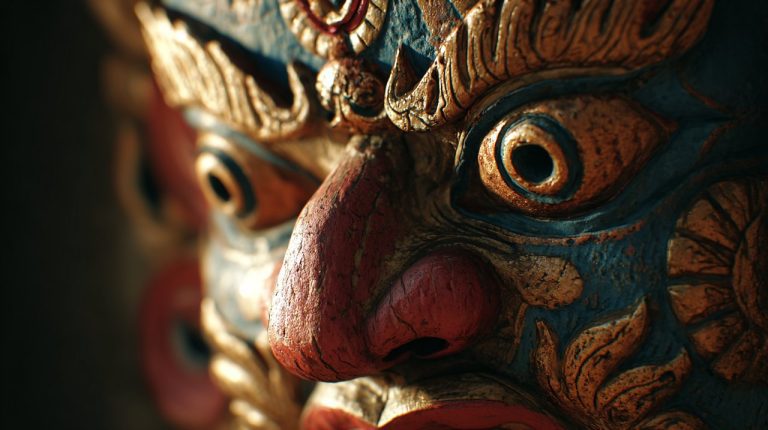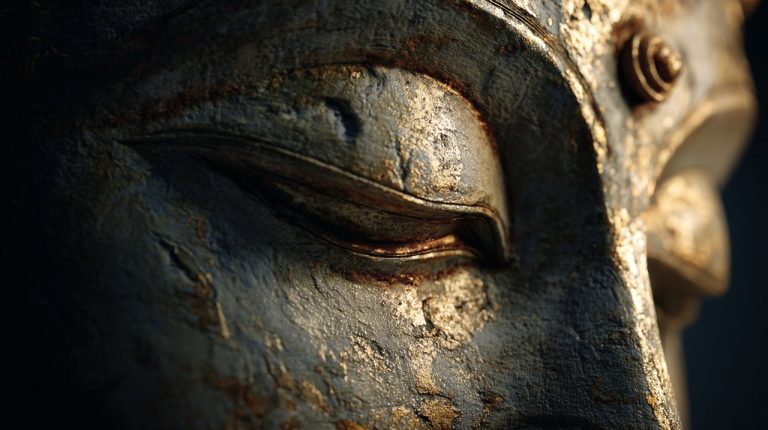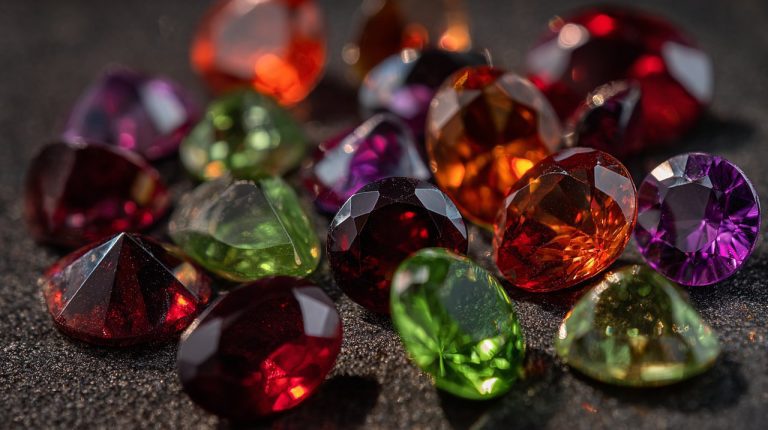How Much Are Pearls Worth? A Deep Dive into Their Luminous Market & Spiritual Value
From a humble irritant within a mollusk, a pearl emerges as a luminous marvel, captivating humanity for millennia. This organic gem presents a fascinating paradox: its market value is meticulously calculated by specific physical attributes, yet its deeper significance resonates as a symbol of purity, wisdom, and transformation. To truly grasp the worth of pearls, we must appreciate both their tangible economic drivers and their intangible legacy.
n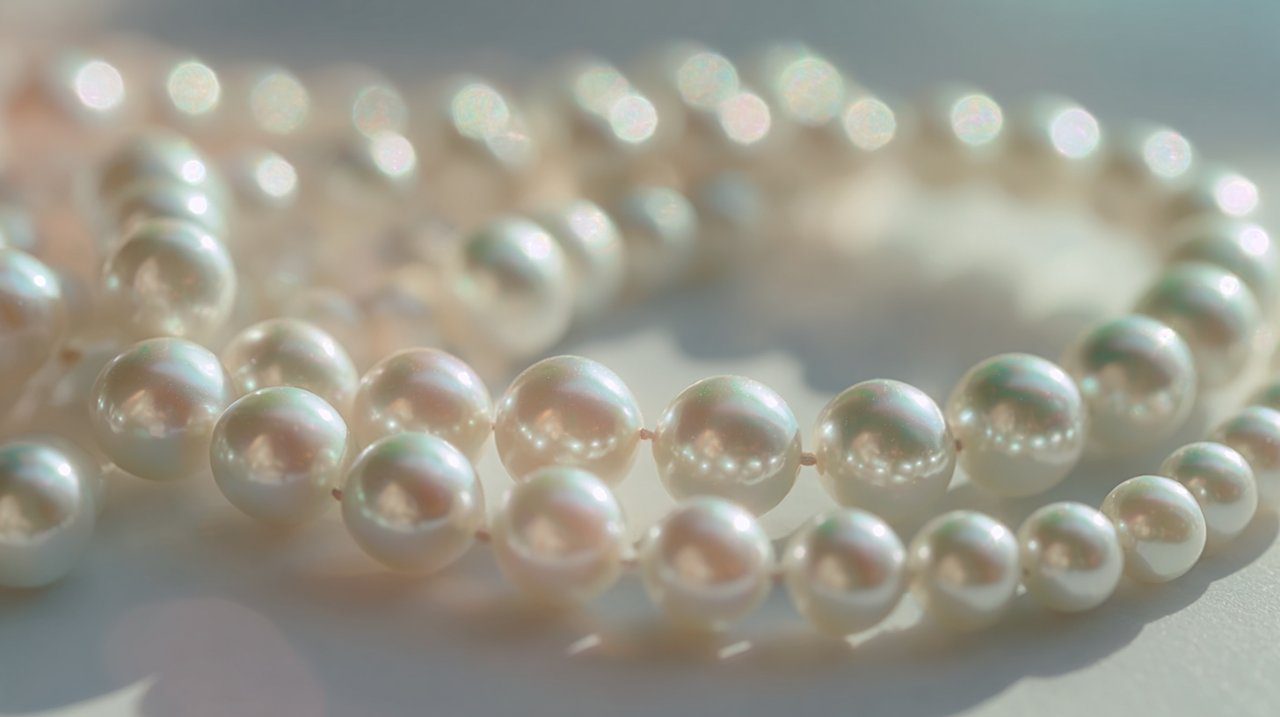 n
n
The Paradox of Pearl Worth: From Ocean Depths to Human Hearts
Pearls stand alone among gemstones, being the only ones created by living creatures. This biological origin gives them a distinct narrative, turning a simple grain of sand into a lustrous orb. This journey from irritation to illumination forms the core of their allure, establishing a value that is simultaneously material and deeply spiritual.
Beyond mere adornment, pearls have long been treasured as heirlooms and talismans. Their ability to transcend simple market metrics speaks to a universal human desire for beauty, meaning, and a connection to the natural world.
Deconstructing Market Value: The Five Virtues of a Luminous Gem
The market price of pearls is a complex interplay of several factors, often summarized as the “Five Virtues” or “Value Factors.” These attributes dictate a pearl’s rarity, beauty, and ultimately, its economic worth.
Luster, Surface, Shape: The Aesthetic Pillars
Luster is arguably the most critical factor, referring to the intensity and quality of light reflected from the pearl’s surface. A high-luster pearl exhibits a sharp, mirror-like reflection. The surface quality assesses the presence of blemishes, spots, or irregularities; fewer imperfections generally mean higher value. Shape also plays a significant role, with perfectly round pearls being the rarest and most coveted, though unique baroque shapes also command appreciation for their distinctive character.
Color and Size: The Rarity Multipliers
Color preferences vary by region and fashion, but certain hues like rose, silver, or deep black can enhance value, especially when naturally occurring. Size is directly correlated with the time it takes for a mollusk to produce a pearl, making larger pearls exponentially rarer and more valuable. Even a slight increase in millimeter size can lead to a significant jump in price.
Distinguishing Pearl Types: Akoya, South Sea, Tahitian, and Freshwater Pearls
Different pearl types originate from distinct mollusk species and environments, each possessing unique characteristics that influence their worth. Understanding these distinctions is key to appreciating their varied appeals:
n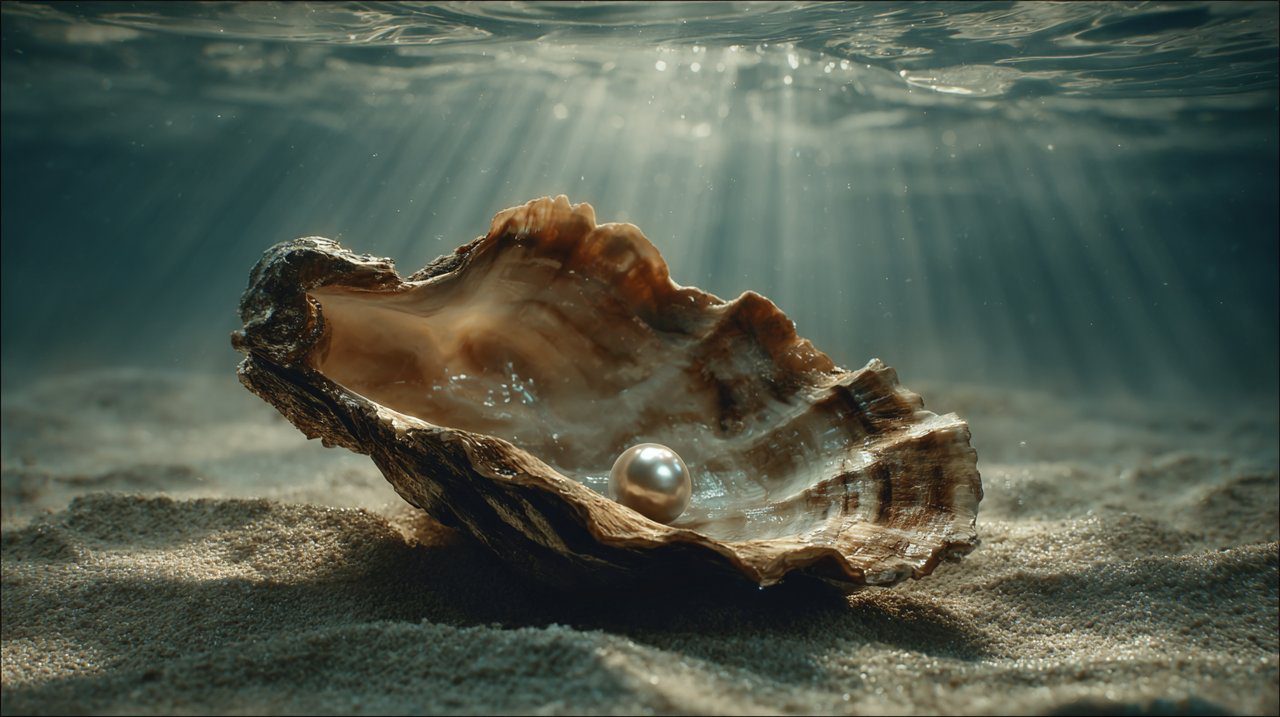 n
n
- Akoya Pearls: Known for their classic round shape and high luster, these are typically white or cream with rose overtones. They are usually smaller, ranging from 2-10mm, embodying a timeless elegance.
- South Sea Pearls: Often the largest and most valuable, these pearls come in white, silver, or golden hues. Their thick nacre gives them a soft, satiny luster, making them truly luxurious.
- Tahitian Pearls: While often called “black pearls,” they display a wide spectrum of dark colors, including grey, green, blue, and peacock. Their natural dark body color is highly prized for its exotic beauty.
- Freshwater Pearls: These pearls offer an accessible entry point into the pearl market. Innovations in cultivation have significantly improved their quality, and the freshwater pearls worth has increased due to their diverse shapes, sizes, and colors, making them a popular choice for everyday wear that doesn’t compromise on beauty.
The Spiritual Resonance: Pearls as Symbols of Purity and Transformation
Beyond their market price, pearls carry significant spiritual and symbolic meaning across cultures. Their organic formation process is often seen as a powerful metaphor for life’s challenges and growth, offering insights far beyond simple aesthetics.
Nature’s Alchemy: The Metaphor of Formation
The creation of a pearl is a testament to nature’s resilience. An irritant, a foreign body, enters the mollusk, which then responds by coating it with layers of nacre. This patient process, transforming an annoyance into something beautiful and enduring, serves as a poignant metaphor for personal growth and spiritual transformation. It suggests that even from adversity, something precious and pure can emerge, symbolizing inner peace and wisdom gained through life’s trials.
n n
n
Beyond Adornment: Pearls in Gemstone Spiritual Meaning and Cultural Lore
Pearls have a rich history in myth and folklore. They are often associated with purity, innocence, and new beginnings. In many cultures, they symbolize wisdom acquired through experience and are believed to offer protection and attract good fortune. Their serene luster connects them to the moon and water, enhancing their mystical appeal. This makes them a significant component in understanding overall gemstone spiritual meaning.
Connecting Inner Peace: A Parallel to Mala Beads
The introspective journey of a pearl’s formation echoes the practice of meditation. Just as the mollusk patiently builds layer upon layer, individuals seek inner peace and clarity through mindful repetition. This process finds a striking parallel in the use of mala beads, where each bead represents a mantra or breath, aiding in the cultivation of focus and spiritual discipline. Both pearls and malas, in their own ways, serve as tangible reminders of inner work and spiritual pursuit, guiding us towards a deeper sense of self.
Navigating Your Pearl Journey: Investment, Intuition, and Intrinsic Value
Choosing a pearl, whether for investment or personal adornment, involves balancing objective market data with subjective personal connection. The journey of selection is as unique as the pearl itself.
The Market’s Gaze: Understanding Price vs. Intrinsic Worth
While market prices reflect rarity and quality, the intrinsic worth of a pearl can be deeply personal. Unlike a commodity whose value is purely transactional, a pearl can carry sentimental weight, becoming an heirloom or a symbol of a significant life event. This contrasts sharply with materials like obsidian worth, which might be valued for its protective properties or sharp edges, but typically lacks the same narrative of organic transformation and layered beauty that gives a pearl its emotional resonance.
Understanding a pearl’s market value provides a baseline, but its ultimate significance often lies in the stories it tells and the emotions it evokes. This dual perspective is crucial for an informed decision.
Choosing Your Luminous Companion: A Holistic Approach
When selecting a pearl, consider both its objective quality (luster, surface, shape, color, size) and your subjective connection to it. Does its color resonate with you? Does its story inspire? A pearl that aligns with your personal values and aesthetic preferences will offer a deeper, more enduring satisfaction than one chosen purely for its market appraisal. It becomes a reflection of your own journey.
The Enduring Luster: A Legacy of Wisdom and Wealth
Pearls, born from the depths of the ocean through a slow, deliberate process, embody a profound duality of value. They are both tangible assets, meticulously graded by their physical perfection, and powerful spiritual symbols, representing purity, resilience, and the beauty that emerges from adversity. This unique blend of material and spiritual significance ensures their lasting appeal across generations.
Just as the mollusk transforms an irritant into a gem, our own experiences, when embraced, can lead to personal luminosity. The journey of understanding pearls, from their biological origins to their place in human culture, encourages us to seek deeper meaning in the world around us. Consider a pearl not just as an ornament, but as a silent testament to nature’s alchemy and a personal reminder of growth, a luminous companion on your own path.
💡 Preguntas Frecuentes
The market value of pearls is primarily determined by five factors, often called the 'Five Virtues' or 'Value Factors.' These include Luster (the intensity and quality of light reflection), Surface quality (presence of blemishes or imperfections), Shape (perfectly round is most coveted), Color (certain natural hues can increase value), and Size (larger pearls are exponentially rarer and more valuable).
Akoya pearls are known for their classic round shape and high luster, typically white or cream. South Sea pearls are often the largest and most valuable, coming in white, silver, or golden hues with a satiny luster. Tahitian pearls, often called 'black pearls,' display a spectrum of dark colors and are prized for their exotic beauty. Freshwater pearls offer an accessible entry point, with improved quality, diverse shapes, sizes, and colors making them increasingly valuable for everyday wear.
Pearls hold significant spiritual and symbolic meaning across cultures, often representing purity, innocence, wisdom, and transformation. Their formation process, where a mollusk transforms an irritant into a beautiful gem, is seen as a metaphor for personal growth and resilience, suggesting that precious things can emerge from adversity. They are also associated with new beginnings, protection, and good fortune.
The introspective journey of a pearl's formation, involving patient layering, parallels the practice of meditation and the use of mala beads. Just as the mollusk builds layers, individuals use mala beads to cultivate inner peace and focus through mantra repetition. Both pearls and malas serve as tangible reminders of inner work and spiritual discipline, guiding users towards a deeper sense of self.
While market prices reflect a pearl's rarity, quality, and objective grading, its intrinsic worth can be deeply personal. Unlike commodities, pearls can carry sentimental weight, becoming heirlooms or symbols of significant life events. This emotional resonance and the narrative of organic transformation contribute to a pearl's value beyond its transactional price.

